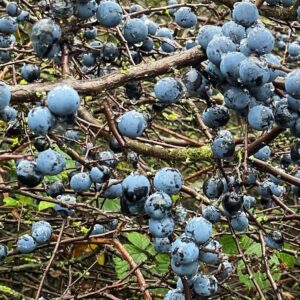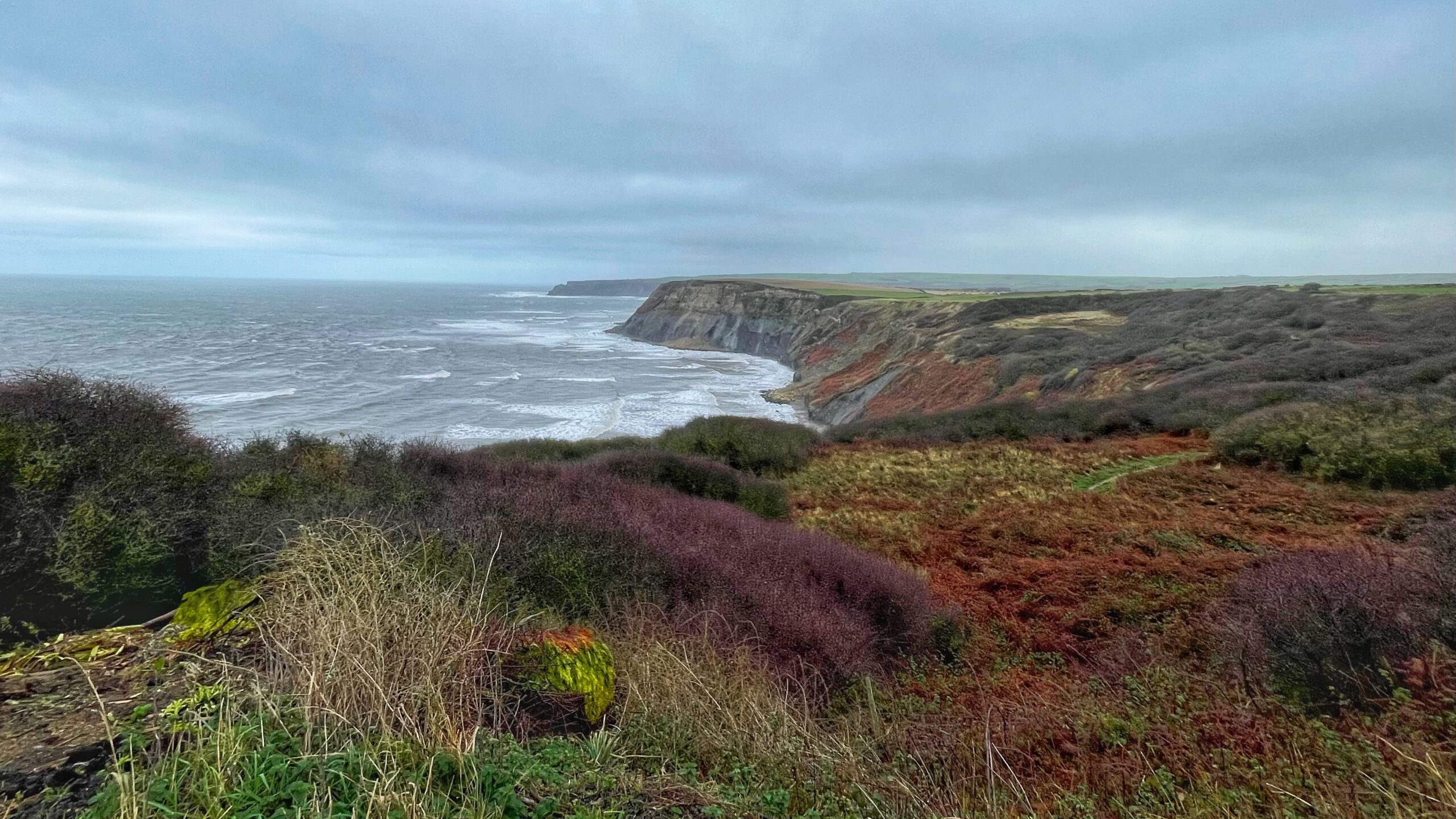A grey, soaking day settles over the National Trust property at Port Mulgrave. Rain drips from every branch and bramble. The task at hand: cutting back the blackthorn regrowth that is threatening to re-swallow the public footpath through a tangle of unyielding woodland. Far below, the North Sea heaves and claws at the base of the cliffs, its roar a constant reminder of nature’s indifference.
Blackthorn — Prunus spinosa, once poetically called “Mother of the Woods” — is a plant of beauty and belligerence. It thrives where few others dare, dominating hedgerows, thickets and open scrub across Britain. But its resilience is also its menace. Left unchecked, it creeps outward in a slow, prickled invasion, throwing up suckers until a narrow path becomes an impassable barricade.

Its strength lies not only in its roots, but in its very bones. The timber, pale yellow with a dark heartwood, is almost unnaturally tough — harder than that of most native trees. Centuries of craftspeople have prized it for tool handles and walking sticks, its knotted shoots twisting into natural artistry. A blackthorn stick, when found, is a thing of gnarled beauty; and the sloe stone, nestled within its bitter fruit, is said to be nearly as hard as iron itself.
But the blackthorn does not surrender easily. Its thorns are long, vicious, and unreasonably sharp — capable of piercing leather, skin, and the occasional tractor tyre. Wounds from its spikes are infamous for their stubborn refusal to heal.
The plan, as ever, is bold. Hardy cattle are to be introduced to reclaim the ground, grazing down the suckers and stamping the roots into submission. Yet before the beasts can take up their post, the paths must be cleared wide enough to keep peace between the public and the new four-legged workforce.
A battle of attrition, fought in mud, rain, and the stubborn defiance of the blackthorn — a plant that has no intention of giving up the ground it has taken.
Source: Mabey, Richard. “Flora Britannica”. Reed International Books Ltd. 1996.

Leave a Reply